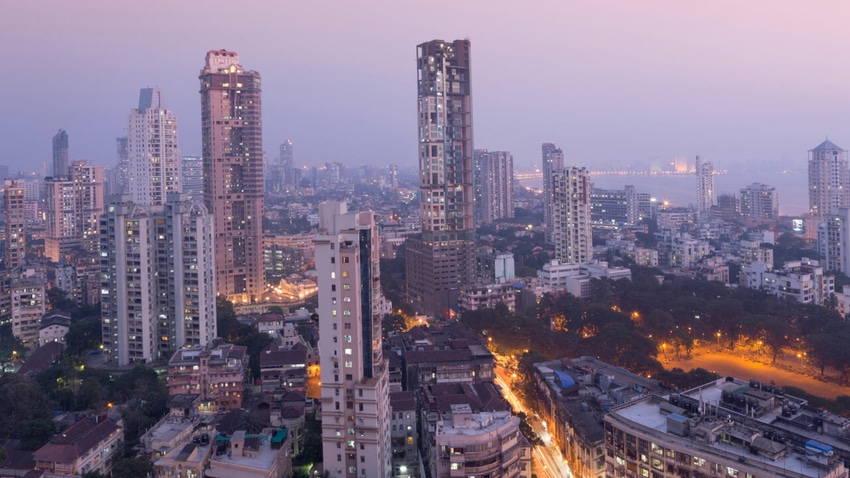India's Saankhya Labs bets on direct-to-mobile broadcast
Saankhya has developed a specialized chip and is working on a phone to be used for D2M broadcast as India moves to conduct a city-wide trial of this technology.

India should see the launch of direct-to-mobile (D2M)-based broadcast services by the end of this year or early next year, believes Parag Naik, CEO of Saankhya Labs, part of Tejas Networks. This is in line with the Indian government's vision to introduce the technology in 2025.
Launched in 2006, Saankhya Labs is one of the few Indian companies that have developed a range of solutions in this area, including a software-defined radio (SDR) chipset. Now the company is betting on D2M technology, also known as ATSC 3.0, which allows transmission of multimedia content without the normal data connection. The technology is relevant to India and other developing nations that still have a significant numbers of the yet-to-be-connected.
The government believes the deployment of the ATSC 3.0 technology can help bring down the video-based traffic load on the cellular networks since the growing video consumption is choking them. It will also help in transmitting content to the rural population which may find it challenging to pay for expensive data or OTT plans. It can be used for remote education, among other use cases. The government has already conducted some lab trials and is planning to conduct a city-based trial soon.
Addressing the naysayers
Saankhya Labs has developed a specialized chip to be used for D2M broadcasting. "We've staked our reputation for the last eight-to-ten years trying to build this. And I know we've seen a lot of negativity around it but I believe it is an idea whose time has come," says Naik.
The negativity mentioned by Naik refers to the resistance from device vendors and telecom operators. Last year, several vendors, including Qualcomm, Ericsson and Samsung, said that introducing the technology will require them to make changes in the hardware which will increase the device cost by as much as $30, according to media reports.
Naik disagrees and mentions that the required changes will increase the cost only by $3 in scale. It will be easy to achieve scale because the technology would be targeting the "bottom-of-the-pyramid" segment. India has around 672 million yet-to-be-connected people who can potentially access video content through D2M broadcast technology.
In addition, the company is now working on creating a device for this technology. "We are creating a new class of phones to help users easily migrate to what we call the D2M phones, which is a cross between a smartphone and a feature phone. The prototype of this phone is already ready. We are working with a number of ODMs right now to bring phones based on this technology," says Naik.
The Indian Cellular and Electronics Association (ICEA), which counts Xiaomi, Vivo, Oppo and Samsung as its members, wrote to the government voicing concerns regarding adoption of D2M technology.
Predictably, telcos are not too gung-ho about the country's D2M plans. "Building a dedicated D2M network by earmarking spectrum specifically for the broadcasting infrastructure providing competing/complimentary services would lead to breach of level playing field," says Lt Gen Dr SP Kochhar, director general, Cellular Operators Association of India (COAI), in a statement. The D2M network operates in the sub-GHz band (526-582MHz) which is being used by Prasar Bharati, India's public broadcast service.
However, Naik stresses that D2M is unlikely to replace cellular technology. "It is complementary technology and not against cellular technologies. It's only going to benefit some use cases [like connected cars] that are just coming up. You can't have data plans to do all of that. We have to think of ways of broadcasting a bit more efficiently. And also from a sustainability perspective, it's much more efficient as the cost of the energy cost per bit is much lower in D2M than in cellular technologies," elaborates Naik.
Apart from D2M, Saankhya Labs plans to focus on the satellite and 5G RAN this year. The company recently announced that it has received an order worth INR964 million ($11.6 million) from NewSpace India Limited, part of the Indian government's Department of Space.
Read more about:
AsiaAbout the Author(s)
You May Also Like












